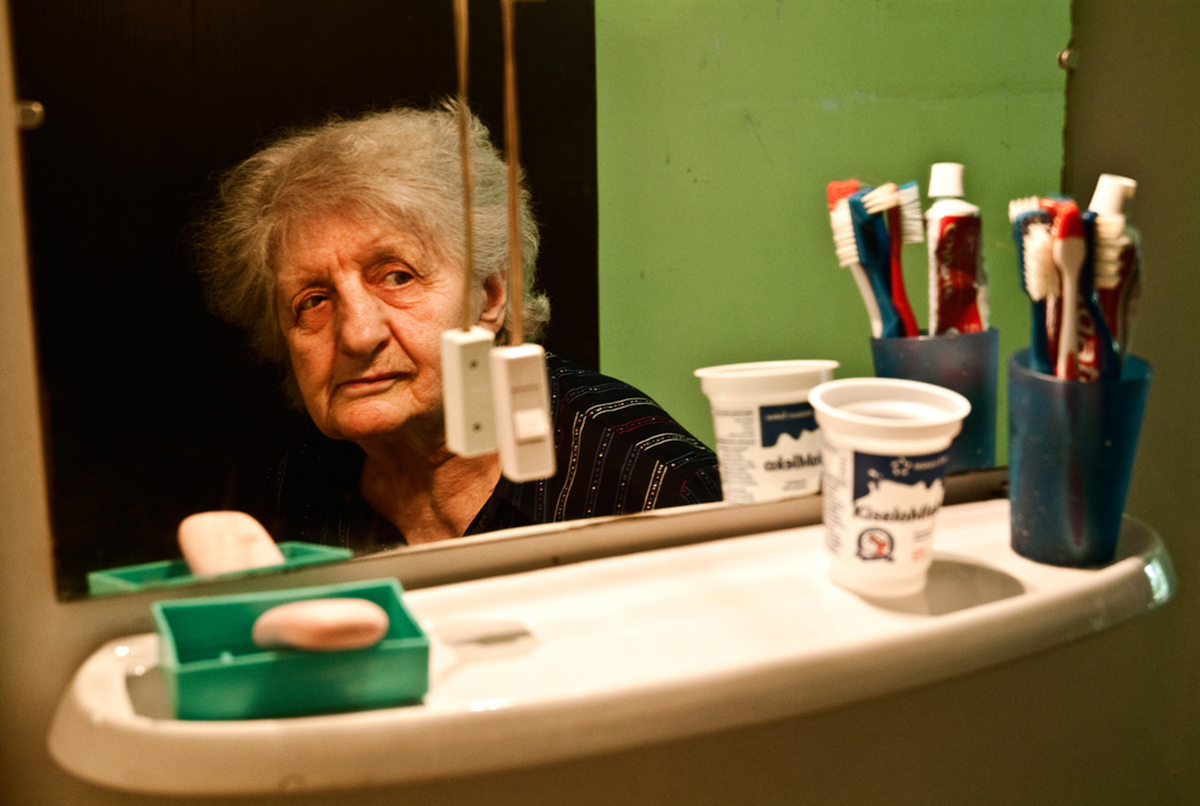Table of Contents
It's not unusual to check out 5, 10, or sometimes 50 nursing homes to find the best placement for a family member. Once you have your family member in care, it's not unusual to breathe a long sigh of relief. Life can get a lot easier for you, and you hope you have found a place that will be tolerable for them. But how can you keep tabs on your loved to make sure he or she is receiving the best possible care?

An undisguised video camera without Internet capacity may cost as little as $30, while a elder cam or nanny cam built into a disguise (such as a picture frame, clock radio, air purifier,book, potted plant, coat hook, or water bottle) may cost $100 to $400. In choosing an elder cam:
- Smaller cameras are usually more effective than large cameras.
- A recording function is essential. Usually the camera records onto a memory card that can be viewed on a computer later.
- Cameras usually are activated by motion. When there is no movement in the camera's range, it remains in standby mode. This prolongs battery life. Battery-operated cameras are less likely to be detected by nursing home staff. Microcams usually run 24 hours continuously, or about 3 weeks when on motion-detection mode. If you want continuous monitoring, you may need to see your relative or friend every day.
- Where you place the camera depends on lighting and where your family member spends most of the day and night.
- Wireless connectivity usually isn't practical except for use in your own home, where you don't need to conceal the power source, and where you own the modem to which the monitor is connected.
Four states in the United States have laws that specifically permit families of nursing home patients to place cameras in their rooms: New Mexico, Oklahoma, Texas, and Washington. The State of Maryland permits families to place cameras in rooms of their family members, but allows individual nursing homes to prohibit them. At the time this article is being written, Illinois is considering legislation to permit elder cams in extended care facilities.
In other states, the legality of elder cams in nursing homes (there is no question that placing a monitor in one's own home is legal) is up for debate.
However, there is nothing in HIPAA that prohibits from using cameras to monitor their own family members.
See Also: Moderate Alcohol Consumption Benefits Older People
Sometimes healthcare workers will object to being taped--but isn't that also a sign that you meed to consider finding a different nursing home?
Video and audio monitoring of elders in nursing care isn't a perfect solution to lapses in good care. The tapes have to be monitored to know an event has occurred, and not all abuse takes place in patient's rooms. But for patients who have dementia or who are otherwise unable to speak up for themselves, elder cams can be the best way to ensure they are getting the best available care.
- Paula Span. The New Old Age: In Nursing Homes, Eyes That Never Turn Away. New York Times. 8 October 2014.
- Mind map by SteadyHealth.com
- Photo courtesy of Simaje via Flickr: www.flickr.com/photos/simajr/4182107550


Your thoughts on this